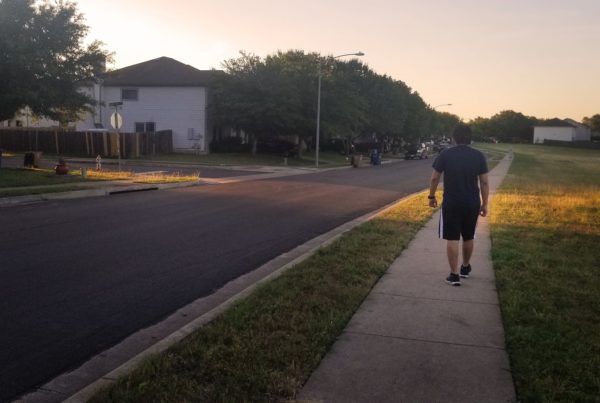June 29-30, 2012: Eight Young Women of the Austin Youth River Watch attended the Young Women’s Retreat and Diel Study. Students conducted a Diel Study at Hornsby Bend, testing water every three to four hours over the course of 24 hours. Notice that our diel data for dissolved oxygen looks like a textbook example of how oxygen levels change in the water over a 24-hour period. The highest dissolved oxygen levels occurred at the end of the day into early evening. This makes sense because the algae and plants had all day to put dissolved oxygen into the water via photosynthesis. The lowest oxygen levels of the 24-hour period occurred in the early to mid-morning hours, 3.55mg/L at 5:56am and 3.65mg/L at 9:01am. This makes sense because all of the aquatic life respires through the night but there is no photosynthesis going on when the sun is down. At their nadir, dissolved oxygen levels fell below the acceptable standard for this section (segment 1428) of the Colorado River, where the dissolved oxygen level is to be maintained at or above 4mg/L at this time of year and at the flow levels observed. When dissolved oxygen levels fall below 4mg/l, the fish and other aquatic life in the water can become stressed. Below 2 mg/L, the fish and other creatures may begin to die off. This summer River Watchers have seen oxygen levels nearing this dissolved oxygen threshold both at Hornsby Bend and also at Montopolis Bridge, where on July 3rd at 10:18am students detected their lowest dissolved oxygen reading of the summer at 2.6mg/L. Students attending the Young Women’s Retreat also barbecued in the front yard and went for the night swim at Barton Springs. We also had a visit from Volunteer and River Watch Graduate, Erving Lopez, who tested the water in the field with us a few times during the course of the Diel.








